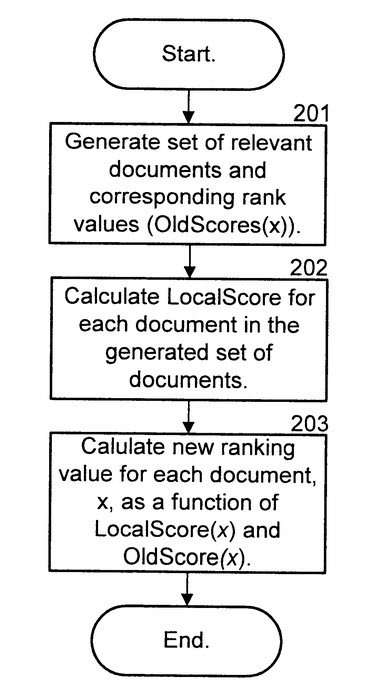
## Grasping Google’s PageRank Algorithm: An Easy-to-Understand Overview
When we enter a search term into Google, the underlying algorithm sifts through its vast database to present the most pertinent results. Central to this process is the PageRank algorithm, which was instrumental in establishing Google as the leading search engine following its inception in 1998. This article will explain how the PageRank algorithm operates in a straightforward manner, utilizing examples and formulas to elucidate its essential functions.
### The Birth of PageRank
PageRank is an algorithm initially created by Google co-founders Larry Page and Sergey Brin. Its primary goal is to analyze links between web pages in order to assess the authority, credibility, popularity, and significance of each page. These elements aid Google in ranking web pages in response to search inquiries. To comprehend its operation, we can visualize the web as an expansive network of linked pages, where a page’s significance is influenced by its connections to other authoritative pages.
### Space-Time Complexity
In algorithm discussions, two critical components are time complexity and space complexity. Time complexity pertains to the duration it takes to execute a computation, whereas space complexity concerns the memory or space utilized. Given the vast scale of Google’s index, PageRank effectively addresses these complexities.
Regarding PageRank, the **space complexity** aligns with the total number of pages (N) indexed by Google. Conversely, **time complexity**, illustrated by Big O notation, is O(k*N), where k signifies the number of iterations or steps necessary to produce a coherent ranking across N pages. As the dataset expands (in this instance, the web), the algorithm demands increased processing power and memory to generate significant results promptly, hence efficiency becomes a vital aspect.
### The Mechanism of PageRank
The PageRank system encompasses *querying* and *indexing*. Initially, the search engine queries the terms in a search request, subsequently indexing pages depending on relevance. Indexing encompasses evaluating the significance of each page to accurately rank it according to the search keywords.
To help clarify the querying process, let’s go through an illustrative example.
#### Example:
The phrases below symbolize simplified web pages in a hypothetical dataset:
1. “Dogs, dogs, dogs”
2. “The running dogs”
3. “Adopt a dog”
4. “Cute video of a dog running”
If a user searches for “running dogs,” the PageRank algorithm must ascertain which document within the dataset holds the highest relevance.
### Query Class: Streamlining the Search
The **Query class** executes four primary functions on each query:
1. **Parsing**: Transforms the input into a comprehensible format by extracting text. Here, it reformats the query, “running dogs.”
2. **Tokenizing**: Segments the phrase into individual words while discarding unnecessary punctuation.
3. **Removing Stop Words**: Eliminates frequent words such as “the,” “a,” or “of.”
4. **Stemming**: Simplifies words to their root forms. As an example, “running” is reduced to “run.”
For instance, “The running dogs” would now be tokenized and stemmed into `’Run’, ‘Dog’`.
### Index Class: Assessing Term Significance
Once the words have been parsed, tokenized, and stemmed, their occurrence in the dataset is evaluated to score the documents based on their relevance to the search query.
#### Step 1: Term Frequency (TF)
The **Term Frequency (TF)** assesses how frequently a specific word occurs in a document concerning the total dataset. The formula is as follows:
[
text{TF} = frac{x}{y}
]
Where:
– ( x ) = number of times a word appears
– ( y ) = frequency count of the most common word in the document
Using the phrase “The running dogs,” the term “running” shows up once against the most frequently used word “dogs.” Thus, ( TF = frac{1}{4} = 0.25 ).
#### Step 2: Inverse Document Frequency (IDF)
Next is **Inverse Document Frequency (IDF)**, which gauges how distinct a word is within the overall dataset. Words occurring in more documents have a lesser IDF, and the equation for calculating it is:
[
text{IDF} = logleft(frac{n}{n(i)}right)
]
Where:
– ( n ) = total number of documents
– ( n(i) ) = count of documents housing word ( i )
For instance, the word “run” appears in two out of four documents, leading to:
[
text{IDF} = logleft(frac{4}{2}right) = log(2) = 0.301
]
#### Step 3: